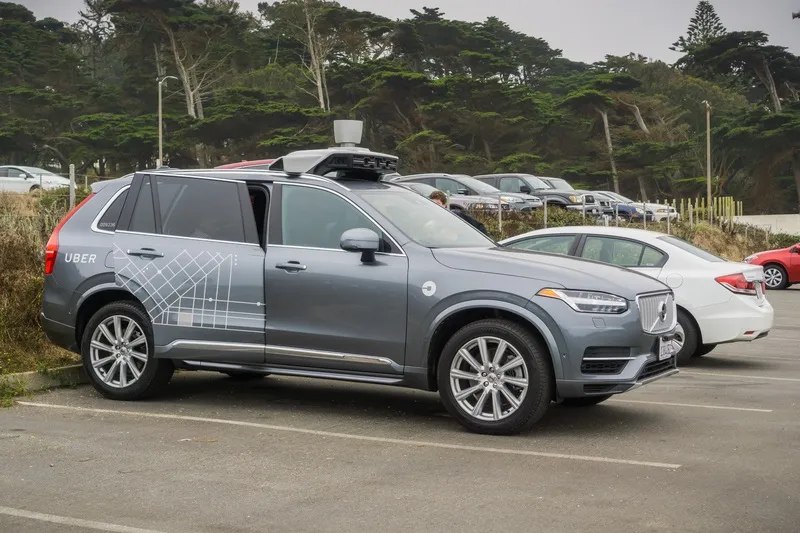For the test, a Honda CR-V VTi-LX carried out automated speed plus steering control, using the adaptive cruise control and lane keep assist functions in an area of Eastlink closed to traffic. It was televised on 7 News Melbourne at 6.00pm on the 6 April 2018.
The vehicle, according to Doug Spencer-Roy, EastLink’s corporate affairs and marketing manager, steered itself along the freeway and automatically adjusted its speed to ensure a safe distance to other vehicles involved in the tests.
“In one scenario representing a traffic jam caused by an accident, the vehicle was able to bring itself safely and automatically to a complete stop behind other vehicles stopped on the freeway,” Roy added.
The trial follows results from EastLink’s Annual Victorian Self-Driving Vehicle Survey, which revealed that more than half of the 15,000 respondents have very little or no awareness of self-driving cars.
Additionally, only 15% of survey participants confirmed that their car had an adaptive cruise control function, of which more than a quarter said they do not use the function. This feature, along with adaptive cruise control, lane keep assist and other capabilities are said to be increasingly available in the latest cars including sports utility vehicles.
Honda’s CR-V VTi-LX includes the company’s Sensing package as a standard. The car is intended to represent a new generation of vehicles equipped with an advanced safety technology suite. It comes with lane keep assist, adaptive cruise control with low-speed follow, collision mitigation braking, forward collision warning, lane departure warning and road departure mitigation.
EastLink demonstrates hands-free driving through Melbourne freeway
EastLink has demonstrated hands-free driving capabilities on a section of its Melbourne freeway to help provide Victorian drivers with a better understanding of the technology. For the test, a Honda CR-V VTi-LX carried out automated speed plus steering control, using the adaptive cruise control and lane keep assist functions in an area of Eastlink closed to traffic. It was televised on 7 News Melbourne at 6.00pm on the 6 April 2018. The vehicle, according to Doug Spencer-Roy, EastLink’s corporate affair
April 6, 2018
Read time: 2 mins








